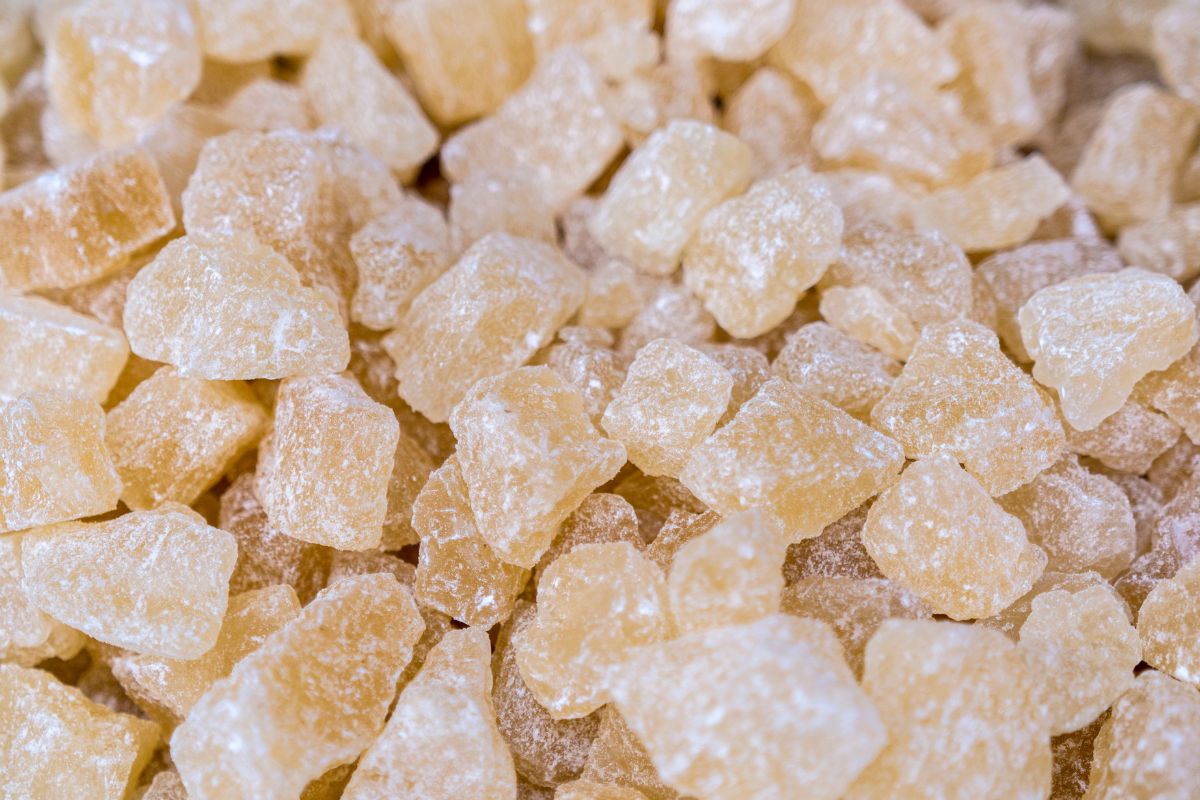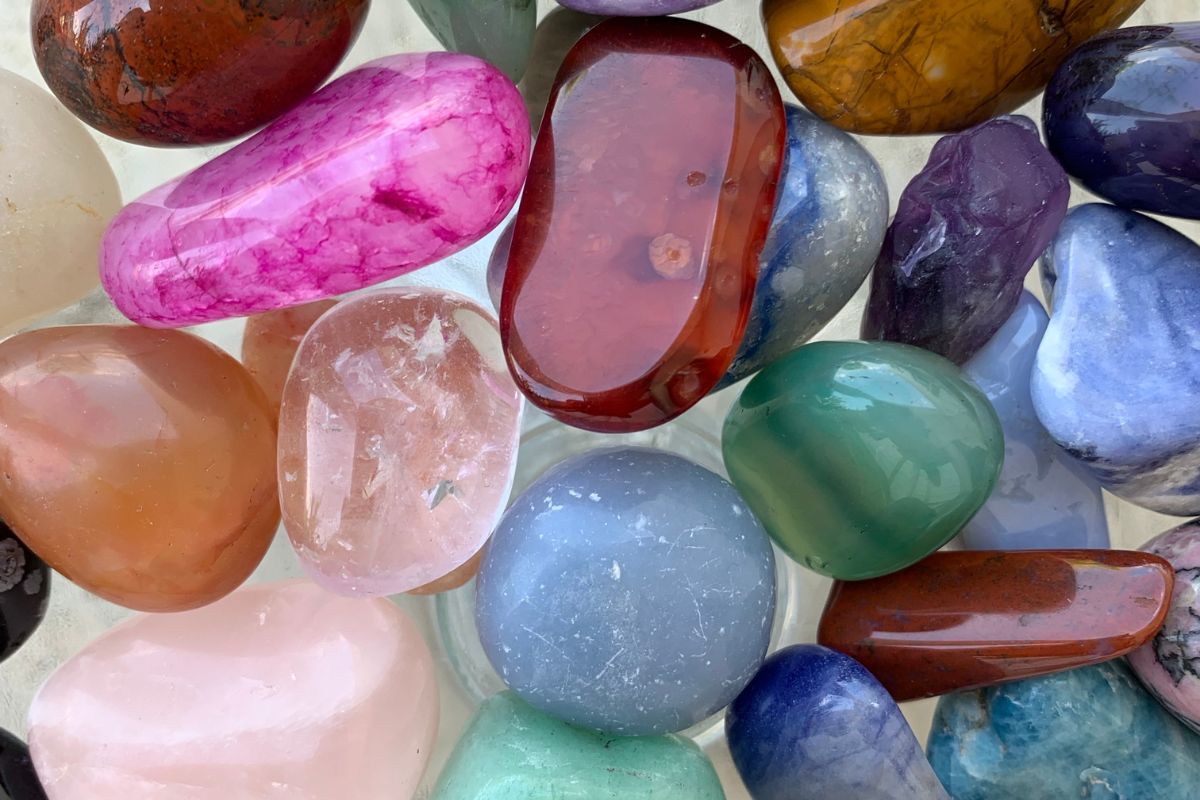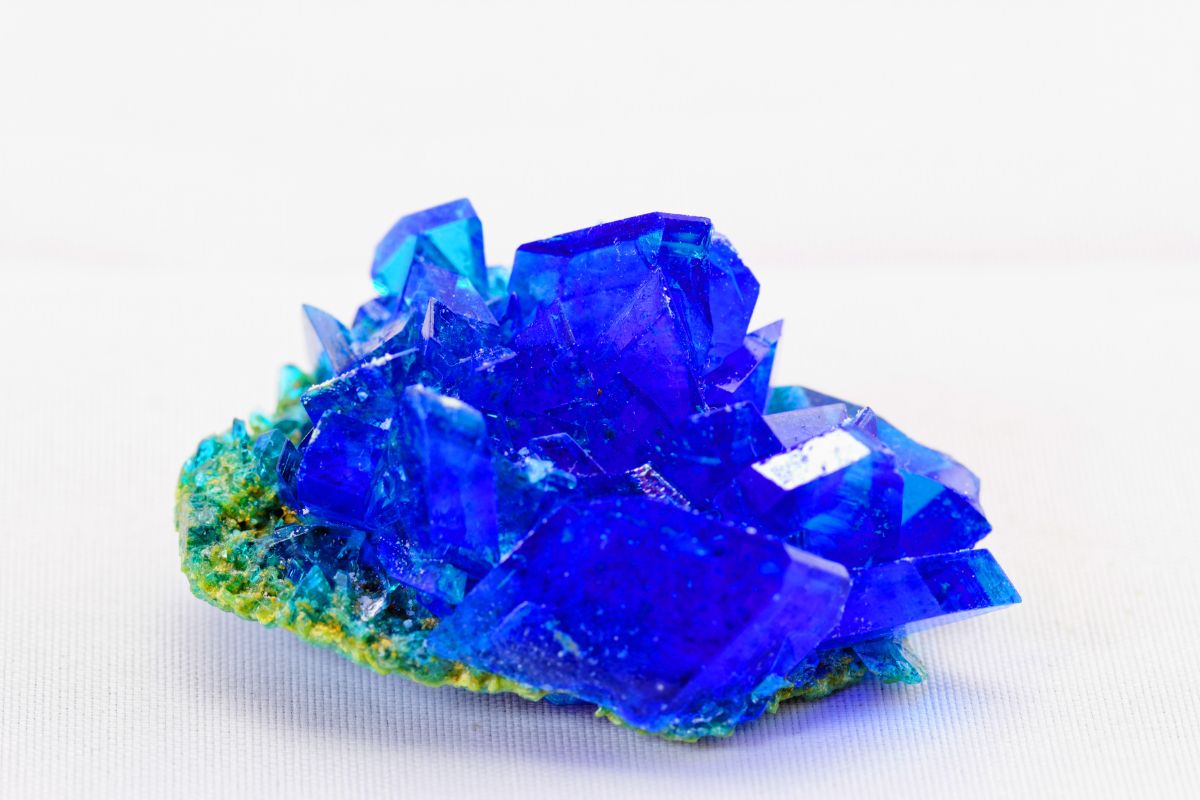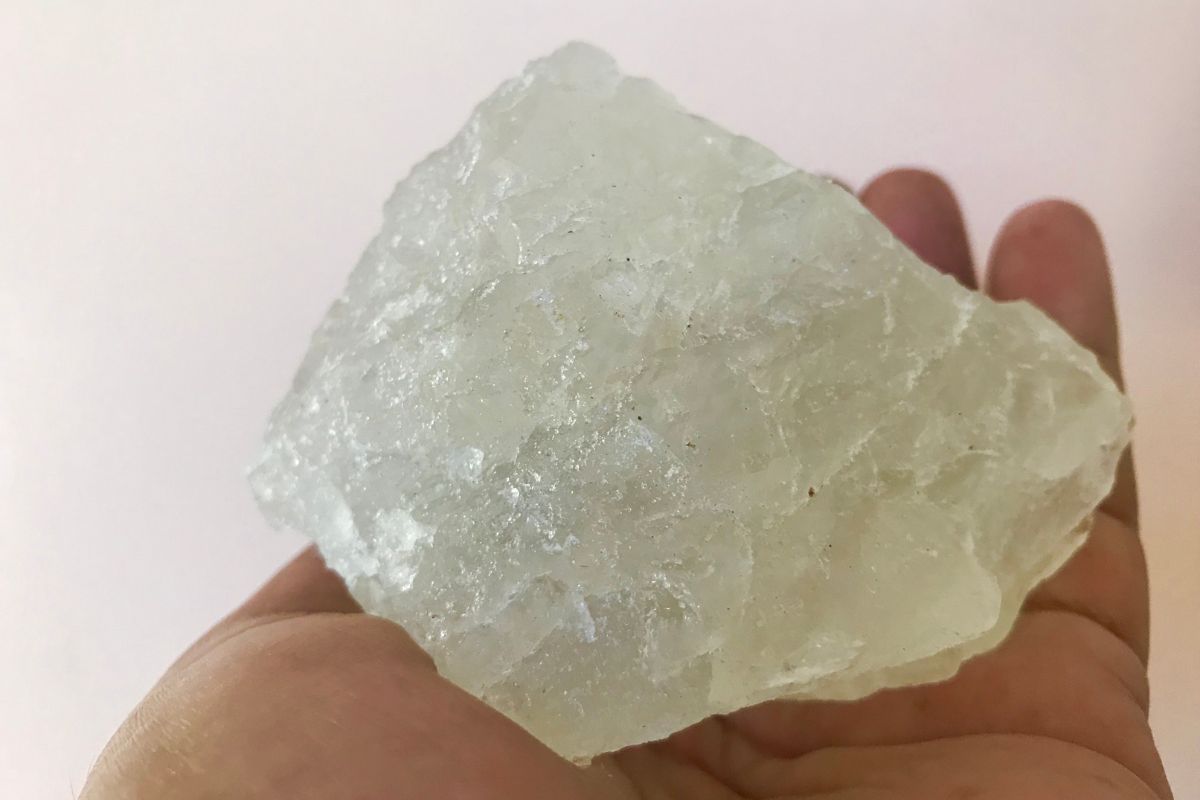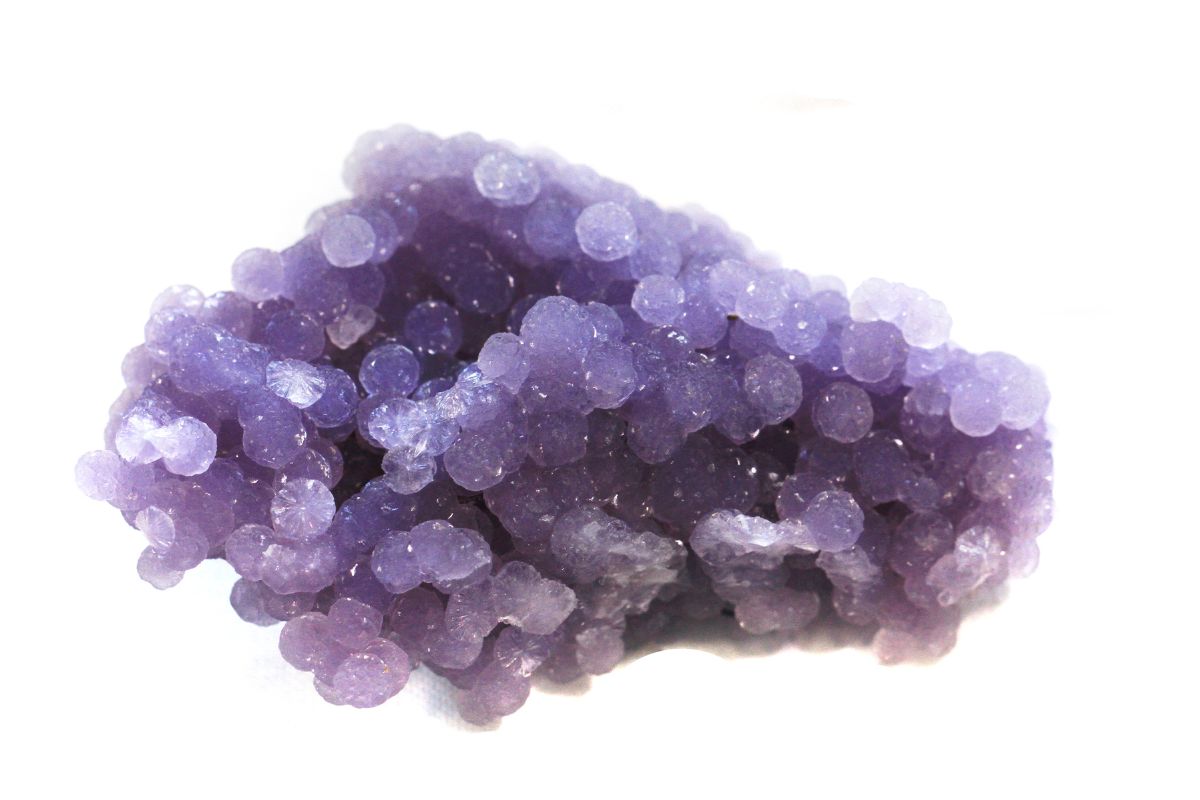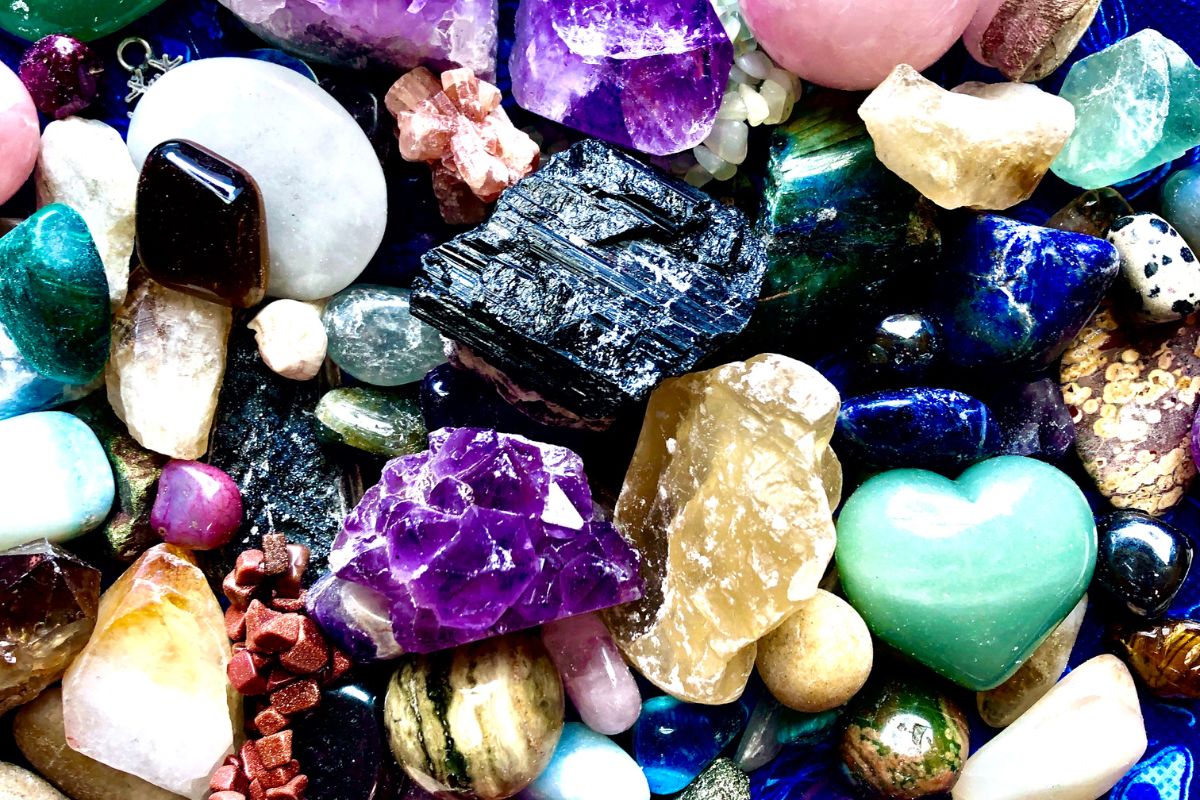It’s easy to fall in love with crystals. They’re all beautiful in their own way, and there are ones with energies that really resonate with us, and help us in so many ways.
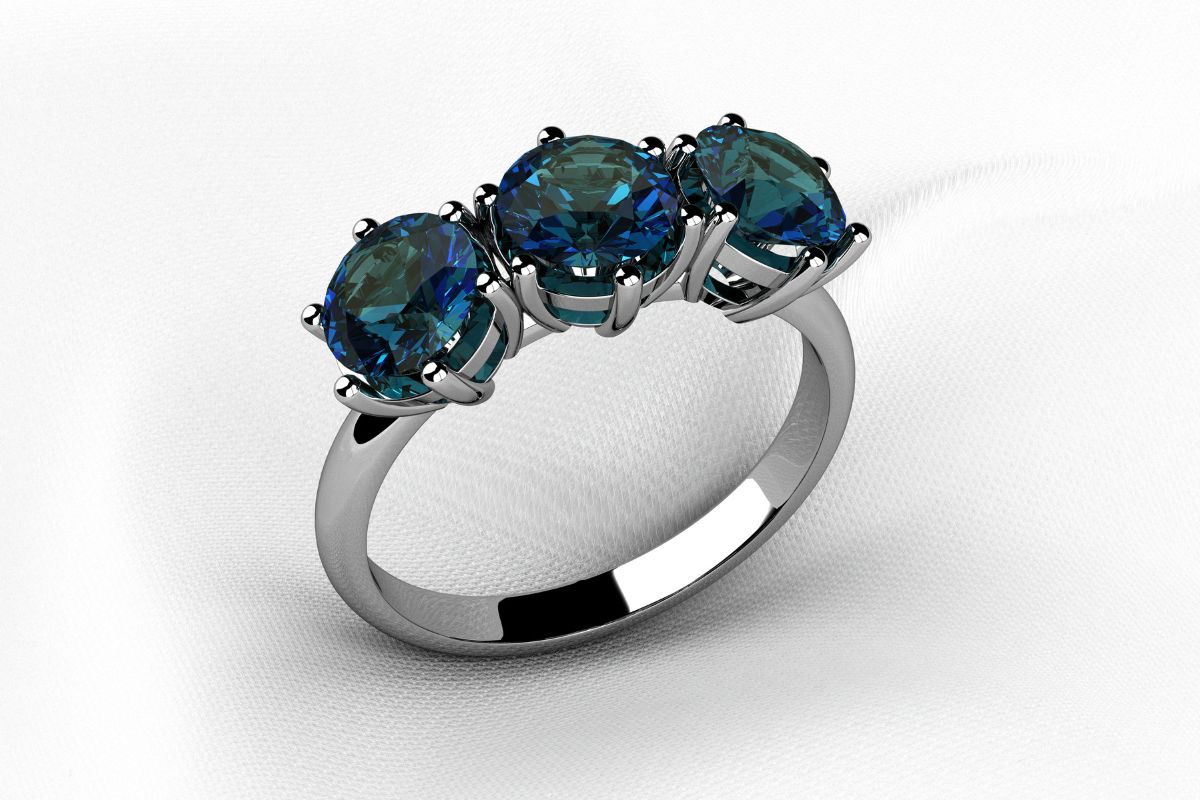
There are more than 4,000 naturally occurring crystals in the world, so finding a rare or even unique one is incredibly difficult, and also difficult to afford, if you were interested in owning one.
If you already know a lot about the most commonly used crystals, then this article will open your eyes to all the other, more unique crystals out there.
What they’re called, what they look like, where they’re from, what they can be used for, and more.
And without further ado, let’s get straight to it!
(The following crystals aren’t listed in any particular order.)
1. Painite
Painite is a bold and beautiful stone, with red, orange-red, and brown hues. It is also incredibly rare…
When it was first discovered in South East Asia as recently as 1950 by British mineralogist Arthur Pain, after which the stone was named.
At first, Pain misidentified it as a ruby, due to its very similar appearance. But on closer examination, he found that it was a never-seen-before mineral species.
The reason for its rarity is that it features both zirconium and boron, which rarely interact with each other in nature.
Because it is so rare it has rarely been cut into faceted gemstones for jewelry, and it can cost anywhere between $50,000 and $60,000 per carat.
2. Taaffeite
Taaffeite is also very much among the rarest of crystals and mineral species.
It has a hexagonal crystal structure throughout, but can often be found in an array of beautiful colors and hues.
This includes violet, violet-red, grayish violet, pink violet, mauve, light green, and colorless. It also has a really nice luster to it.
It was first identified in 1945, when it was spotted by a jeweler by the name of Richard Taaffe, who it was subsequently named after. Since then, it has also been found in Sri Lanka, Tanzania, and China.
Taaffeite is often confused with the more common crystal, spinel, which is very similar in color, and crystal structure. However, taaffeite is unique because it displays the property of double refraction, which spinel does not.
3. Kashmir Sapphire
Kashmir sapphires are a beautiful, mesmerizing cornflower, velvety blue crystal, and they’re incredibly rare. In fact, there hasn’t been one mined since 1927, so its availability is very limited.
They originate from the mountains of India and Pakistan, and they are one of the most highly prized jewels in the industry. They are the best specimens of sapphires in existence, and are incredibly expensive.
To identify a Kashmir sapphire, slowly turn the stone around in your hand, and look for flashes of color reflected within.
Kashmir sapphires are believed to promote the likes of professional growth, popularity and fame, discipline and patience, and to relieve stress and pain.
4. Burmese Ruby
The Burmese Ruby is the most rare and valuable crystal of its type. Its colors range from blood-red through to pink red. Depending on its quality, a Burmese can attract bids of up to a whopping 1 million dollars per carat.
Their name is derived from their place of origin, which is Burma, now known as Myanmar.
It was fiercely mined in the 1900s, but since then political conflict and trade issues have made the sourcing of genuine Burmese rubies incredibly difficult, and not particularly profitable. But demand is still very high.
Their special appeal derives in part at least from the myth of their origin, which makes them particularly desirable.
The myth says that Burmese rubies were used by warriors as far back as 600 AD, to grant them protection in battle, and were even implanted into their skin.
Today it has come to be associated with loyalty, honor, energy and creativity.
5. Alexandrite
Natural Alexandrite is an extremely rare gemstone with chameleon characteristics, and the ability to change color from emerald green in the daylight through to ruby red in the night and back again. So wondrous and beautiful.
This distinguishing characteristic is owed to the mineral chrysoberyl.
It is one of the world’s most desirable gemstones, and on the rare occasion it is actually found, it tends to sell for more money than diamonds. High quality alexandrite retails for 50,000 to 70,000 dollars per carat.
Alexandrite is an excellent investment for those who have the money to spare because it is exceptionally rare, so the price never really goes down. So it’s a safe investment and likely to prove very profitable.
It was originally discovered in Russia in the 1830s, but has since been found in several other mines, including in Brazil, Madagascar, Sri Lanka, and Zimbabwe.
You can get lab-grown alexandrite, which may look amazing but has nowhere near the purchase value of naturally found alexandrite.
If you want to check whether a gem is alexandrite, this can be done by checking its optical properties, since it is doubly refractive, which is rare in gemstones.
6. Black Opal
Black opal is a rare and stunning crystal. It has much in common with regular opals in terms of its crystal structure and the fact that it has several different colors running through it.
The key difference in appearance comes from the fact that black opal has a dark, black undertone, which really makes the other colors pop out from their background.
Black opal is by far the most prized type of opal, and it can attract bids as high as 10,000 dollars per carat at auction.
Black opal is considered a stone of protection and purification, and is known for both its emotional and its physical healing abilities. It can strengthen the immune system and guard against liver disease.
It is also thought to be good for love and relationships, and to bring prosperity and wealth.
7. Tanzanite
Tanzanite is a stunning crystal with wonderful blue and violet hues, in varying states of opacity and translucency. It is a variety of the mineral known as zoisite, and the color is the result of small traces of vanadium.
According to geologists, tanzanite crystals were formed a whopping 585 million years ago, as a result of the tectonic shift that created the Great Rift Valley of Tanzania and famous Mount Kilimanjaro, and as such it can be very hard to find.
The likelihood of finding it anywhere on earth comes in at one in a million, This means that it’s about a thousand times rarer than diamonds.
So it should come as no surprise that it’s often sold for the high value of 200 to 350 dollars per carat.
Tanzanite is believed to stimulate several of the body’s chakras, including the throat, third eye and crown chakras.
The stimulation and activation of the third eye chakra is believed to facilitate a higher consciousness, and enhance psychic ability by stimulating intuition and perception.
It is also believed to be detoxifying and an excellent immune system booster.
8. Musgravite
Musgravite is a somewhat understated crystal in terms of its appearance and its rather dark gray to green hues. However, it also happens to be exceptionally rare.
And because of its incredible rarity it can often attract bids of up to approximately 35,000 dollars at auction.
It is actually a member of the taaffeite species of mineral, and has a high level of hardness, coming in at between 8 and 8.5 on the mohs scale.
It originates from South Australia, where it was first discovered as recently as 1967. Since then, it has also been discovered in Sri Lanka.
9. Blue Diamond
Not all diamonds are created equal. They can have different colors, different origins, a different mineral makeup, and even different properties.
Natural blue diamonds are bona fide genuine diamonds, with the same level of hardness as white diamonds, and they are formed in the same way, under the earth’s lower mantle over the course of several long years.
It owes its color to small traces of boron which contaminate the crystalline color. And they are very rare – the odds of finding one in a mine are 1 to 10,000.
For this reason, there is very high demand in relation to supply, so auctioneers can set a very high price. Blue diamonds can be worth between 6,800 and 11,200 dollars per carat, depending on the stone’s quality.
Wrap Up
I guess the key takeaways here are that while there may not necessarily be perfectly unique crystals, there certainly are some incredibly rare and even exceptionally rare ones.
But for most people, you are very unlikely to be able to afford them. Their rarity makes them very valuable, and you have to have plenty of money to be able to outbid interested buyers at auction.
Due to their rarity, the metaphysical properties often tend to be somewhat unknown and untested, and they are primarily sought after as gemstones for items of jewelry. After all, they are very beautiful.
- 15 Crystals That Cannot Be Exposed To The Sun - January 7, 2024
- Malachite Vs Fuchsite – Benefits And Uses - January 7, 2024
- Malachite Vs. Green Jasper: Benefits And Uses - January 7, 2024

